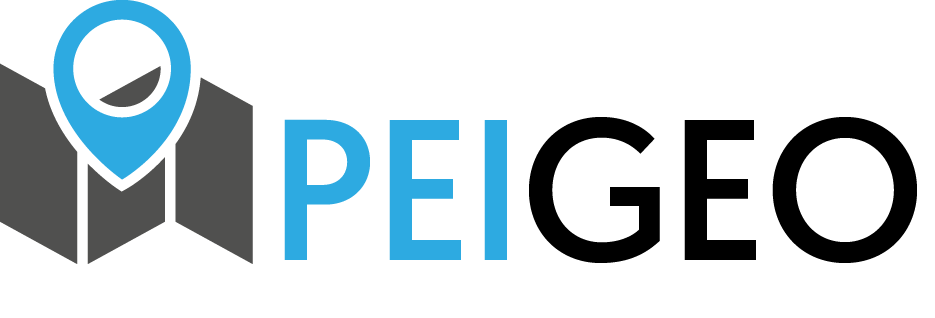Contact for the resource
Espace-Dev
3 record(s)
Type of resources
Topics
Keywords
Contact for the resource
Provided by
Representation types
Update frequencies
Status
Scale
-

Le trait de côte ou la ligne de rivage est la limite géographique entre mer et terre. Il correspond d’après le SHOM à « la laisse des plus hautes mers dans le cadre d'une marée astronomique de coefficient 120 et dans des conditions météorologiques normales (sans phénomène de surcôte). Le trait de côte tel que défini ci-dessus n'est pas directement repérable de façon continue sur le terrain ou sur une image satellite ou aérienne. Dans une perspective d’étudier le déplacement du rivage des indicateurs permettent d’approcher cette notion (la limite de végétation associée à la limite des infrastructures, le pied de plage,….). Sur le littoral récifal de l’île de La Réunion la limite de végétation et d’infrastructure ainsi que de pied de plage ont été retenue. Cette limite se traduit par la production d’une couche d’information géographique vecteur de type ligne dans un SIG résultat de la photo-interpétration sur les orthophotographies de l’IGN aussi appelées BD ORTHO. La BD ORTHO est une composante du RGE®. Il s’agit d’orthophotographies numériques couleurs fournies au format raster (tiff, ecw,..). Une orthophotographie est une image numérique qui a les mêmes qualités métriques qu’une carte de même projection pour les mêmes éléments au sol. Elles sont disponibles depuis 1997 sur La Réunion avec une répétitivité quinquennale. Leur résolution spatiale est passée de 1 m en 1997 à 50 cm en 2003. UMR Espace-Dev
-

Le profil de plage est une représentation en coupe figurant sa topographie. L’approche par profil de plage ou transect de la topographie d’une plage et de sa dynamique s’illustre par l’acquisition de données altimétriques le long d’un profil fixe. 22 profils sont régulièrement suivis sur le littoral récifal de l’île de La Réunion : 2 profils par an encadrant les saisons de houle de l’été et de l’hiver austral ; l’impact des évènements de fortes houles (cyclones, houles australes) est mesuré systématiquement sur les sites SNO et plus sporadiquement sur les autres sites. La méthodologie déployée localement depuis 2012 mobilise 2 récepteurs Topcon Hiper II (base et mobile) et un contrôleur Topcon FC-250 (carnet de terrain).
-

Le trait de côte ou la ligne de rivage est la limite géographique entre mer et terre. Il correspond d’après le SHOM à « la laisse des plus hautes mers dans le cadre d'une marée astronomique de coefficient 120 et dans des conditions météorologiques normales (sans phénomène de surcôte). Le trait de côte tel que défini ci-dessus n'est pas directement repérable de façon continue sur le terrain ou sur une image satellite ou aérienne. Dans une perspective d’étudier le déplacement du rivage des indicateurs permettent d’approcher cette notion (la limite de végétation associée à la limite des infrastructures, le pied de plage,….). Sur le littoral récifal de l’île de La Réunion la limite de végétation et d’infrastructure ainsi que de pied de plage ont été retenue. Cette limite se traduit par la production d’une couche d’information géographique vecteur de type ligne dans un SIG résultat de la photo-interpétration sur d’images satellites Pléiades. Les images satellitaires Pléiades issues de la base de données Kalidéos Réunion (CNES) sont utilisées depuis 2016 pour étudier la position du rivage annuellement. Lancé en 2011, Pléiades est un système d’images spatiales à très haute résolution spatiale (instrument optique panchromatique à 70 cm et 2,8 m en multispectral) opérant dans le visible et le proche infrarouge avec une fauchée de 20 km UMR Espace-Dev
